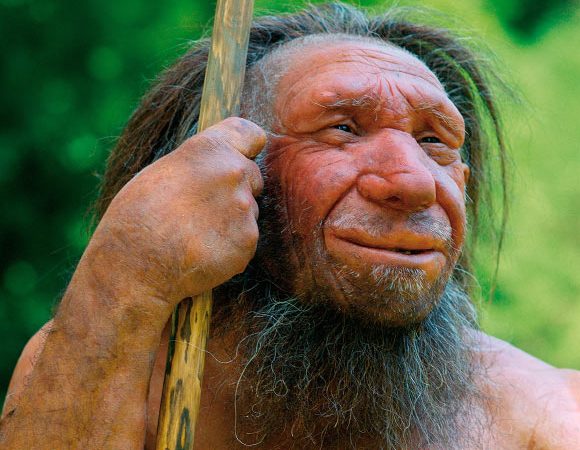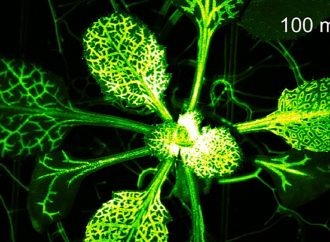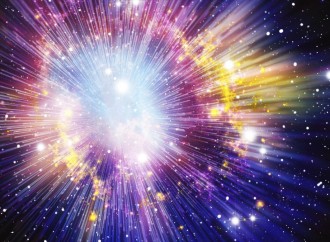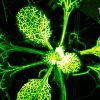The genomes of our closest relatives, Neanderthals and Denisovans, have been sequenced and compared with that of modern humans. However, most archaic individuals with high-quality sequences available have been female. In new research, a team of geneticists from the United States, China and Europe has sequenced the paternally inherited Y chromosomes from three Neanderthals and two Denisovans; comparisons with archaic and modern human Y chromosomes indicated that, similar to the maternally inherited mitochondrial DNA (mtDNA), the human and Neanderthal Y chromosomes were more closely related to each other compared with the Denisovan Y chromosome; this result supports the conclusion that interbreeding between early Homo sapiens and Neanderthals replaced the more ancient Denisovian-like Y chromosome and mitochondria in Neanderthals.
Source: Sci News
A growing number of ancient DNA studies on Neanderthals, Denisovans and Homo sapiens suggest intertwined evolutionary and population histories, including several admixture events between early modern and archaic humans.
However, ancient nuclear and mtDNA sequences revealed phylogenetic discrepancies between the three groups that are hard to explain.
For example, autosomal genomes show that Neanderthals and Denisovans are sister groups that split from modern humans more than 550,000 years ago.
However, all but the earliest Neanderthal mtDNA samples are far more similar to those of modern humans than to those from Denisovans.
These studies suggest that Neanderthals originally carried a Denisovan-like mtDNA, which was later replaced through early admixture with early modern humans, likely between 350,000 and 150,000 years ago.
While genomic data for the paternally inherited Y chromosome would help resolve puzzling gene flows, virtually none of the male Neanderthal and Denisovan remains studied to date contain well-preserved Y chromosome DNA.
To address this gap, Dr. Martin Petr from the Max Planck Institute for Evolutionary Anthropology and his colleagues used a targeted capture-based DNA sequencing approach to enrich and extract Y chromosome sequences from the remains of three male Neanderthals and two male Denisovans.
The researchers found that, like maternally inherited mtDNA, modern human and Neanderthal Y chromosomes were more related to each other than to the Denisovan Y, supporting the suggestion that interbreeding between early humans and Neanderthals and subsequent selection led to the total replacement of more ancient Denisovan-like genetic material in late Neanderthals.
“This was quite a surprise to us,” said Dr. Petr, first author of the study.
“We know from studying their autosomal DNA that Neanderthals and Denisovans were closely related and that humans living today are their more distant evolutionary cousins.”
“Before we first looked at the data, we expected that their Y chromosomes would show a similar picture.”
The authors also found that the Y chromosomes of Denisovans split around 700,000 years ago from a lineage shared by Neanderthals and modern human Y chromosomes, which diverged from each other around 370,000 years ago.
“We speculate that given the important role of the Y chromosome in reproduction and fertility, the lower evolutionary fitness of Neanderthal Y chromosomes might have caused natural selection to favor the Y chromosomes from early modern humans, eventually leading to their replacement,” Dr. Petr said.
“If we can retrieve Y chromosome sequences from Neanderthals that lived prior to this hypothesized early introgression event, such as 430,000-year-old Neanderthals from Sima de los Huesos in Spain, we predict that they would still have the original Neanderthal Y chromosome and will therefore be more similar to Denisovans than to modern humans,” said study senior author Dr. Janet Kelso, also from the Max Planck Institute for Evolutionary Anthropology.
The findings are published in the journal Science.
Source: Sci News

































Leave a Comment
You must be logged in to post a comment.